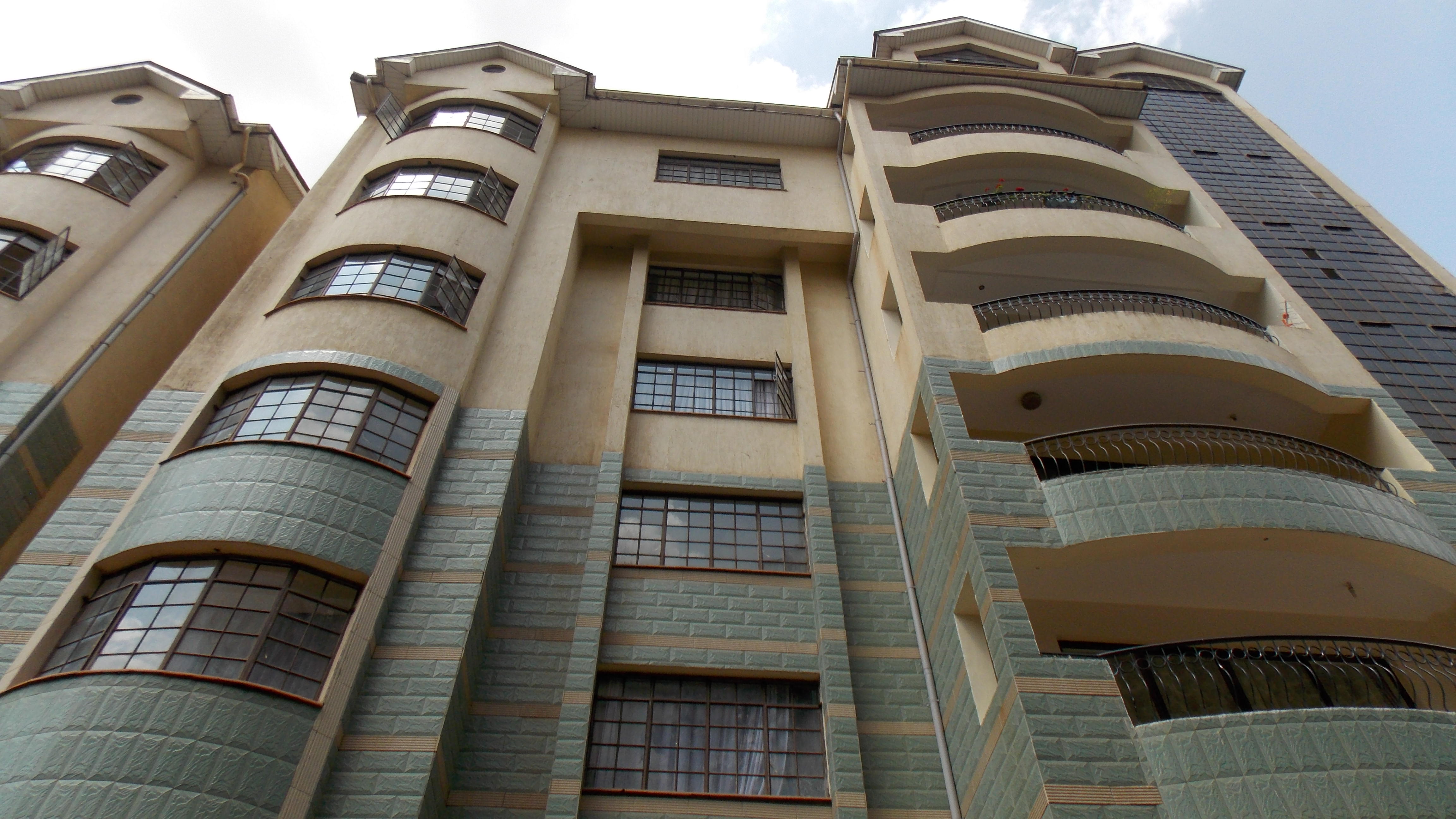Move In- Move Out Property inspection
Why is property inspection important?
A property inspection is a limited, non-invasive examination of the condition of a home, often in connection with the sale or letting of that home. The home inspector describes the condition of the home at the time of inspection but does not guarantee future condition, efficiency, or life expectancy of systems or components.
For the landlord,
It enables them to maintain the value of the property as any problems are identified early enough and deal with before they become expensive.
Helps in retaining tenants for long as the house will always be in a good condition and the tenants’ complaints are addressed as they rise.
It ensures that the tenants are following the rules of the lease. Knowing that the property can be checked any time makes it obligatory to keep to the rules.
It ensures the sanctity of the home insurance contract. In case of anything, reports written during inspections (usually notes and pictures) can be used as legal documents to show evidence and compliance.
For the tenant
It ensures that no additional expense is erroneously charged to them so that they are able to secure their security deposit.
The end of lease inspection, especially when done in conjunction with the tenant enables them to know the expected costs that might be incurred and be deducted from their security deposit. Seeing that this is done by both parties make sure there are no conflicts involved in the process.
Below are the various types of inspections.
Tenant Move-In Inspection
Each lease term should begin with an inspection conducted by you and your tenants. These inspections record the condition of the property at the start of tenancy so you have a dated reference for any damage to the property, beyond normal wear and tear. Every room, wall, floor, window, door, appliance, faucet, light fixture, window treatment, etc. should be reviewed to ensure it is working properly. Any scuffs, dents, thumb tack holes etc. should be recorded and photographed.
Having an inspection checklists allow you to rate the condition of everything at the property and take detailed notes. Both you and your tenants should sign and date the move-in inspection report to indicate mutual agreement about the condition of the property at move-in. You will use your move-in inspection report during move-out to determine if any of the tenant’s deposit will be retained for repainting or repairs.
Tenant Move-out Inspection
This is your opportunity to determine the overall condition of the property when your tenant moves out. As part of your lease agreement, your tenant should understand they are expected to return the property in the same condition as they received it when moving in. Your end of lease inspection should reference your start of lease inspection report and notes should be made about how the property compares to its condition at the start of the tenancy and what needs to be done in order to return the property to rent-ready condition, including repairs and cleaning. Any tenant caused damage or painting, can be deducted from your tenant’s security deposit. Conducting a move-out inspection with your tenant is a great way to avoid tenant disputes over any deductions you made to their security deposit refund.
Periodic Inspection
Periodic inspections go hand in hand with regular maintenance. Each season calls for exterior and interior preventative maintenance at your property, like cleaning gutters or and checking on the plumbing. This is also the perfect time to conduct a routine inspection. Periodic inspections allow you to ensure lease compliance and assess the property for any needed repairs. An inspection can give you a chance to offer helpful pointers to your tenants about things they could be doing differently to take better care of the unit.
Random Inspection
Simply driving by your property in between scheduled inspections allows you to check on the condition of your property without needing to coordinate schedules with your tenants. This drive by inspection can reveal unauthorized pets, long-term guests, or other lease violations that a tenant wasn’t able to hide from you since they were unaware of your visit. You do not need to give your tenants notice before conducting drive-by inspections if you do not enter the interior, but remember if you do drive-bys too often, you could disrupt your tenant’s right to quiet enjoyment and their privacy. Nosy or intrusive landlords will likely annoy their tenants and hurt their chances of long-term tenancy. If you notice any issues that need to be addressed during your drive-by be sure to notify your tenant in writing and offer ways for how they need to fix the problem.
Pre-move out Inspection
In order to streamline turnover, some management companies conduct pre-move-out inspections. Pre-move-out inspections typically happen within the 30 days prior to move-out. A pre-move-out inspection allows management to point out what a tenant needs to do in order to return the property back to move-in condition. This can include painting and any repairs a tenant can do to prevent you from withholding their security deposit.
Pre-move-out inspections are beneficial to management as they provide insight about how much time, money, and types of repairs or cleaning they will need to be prepared for in order to make the rental move-in ready for the next lease.
Note: Just because a tenant pays their dues regularly or haven’t raised any maintenance issue does not mean that their house should be skipped from the inspections.







